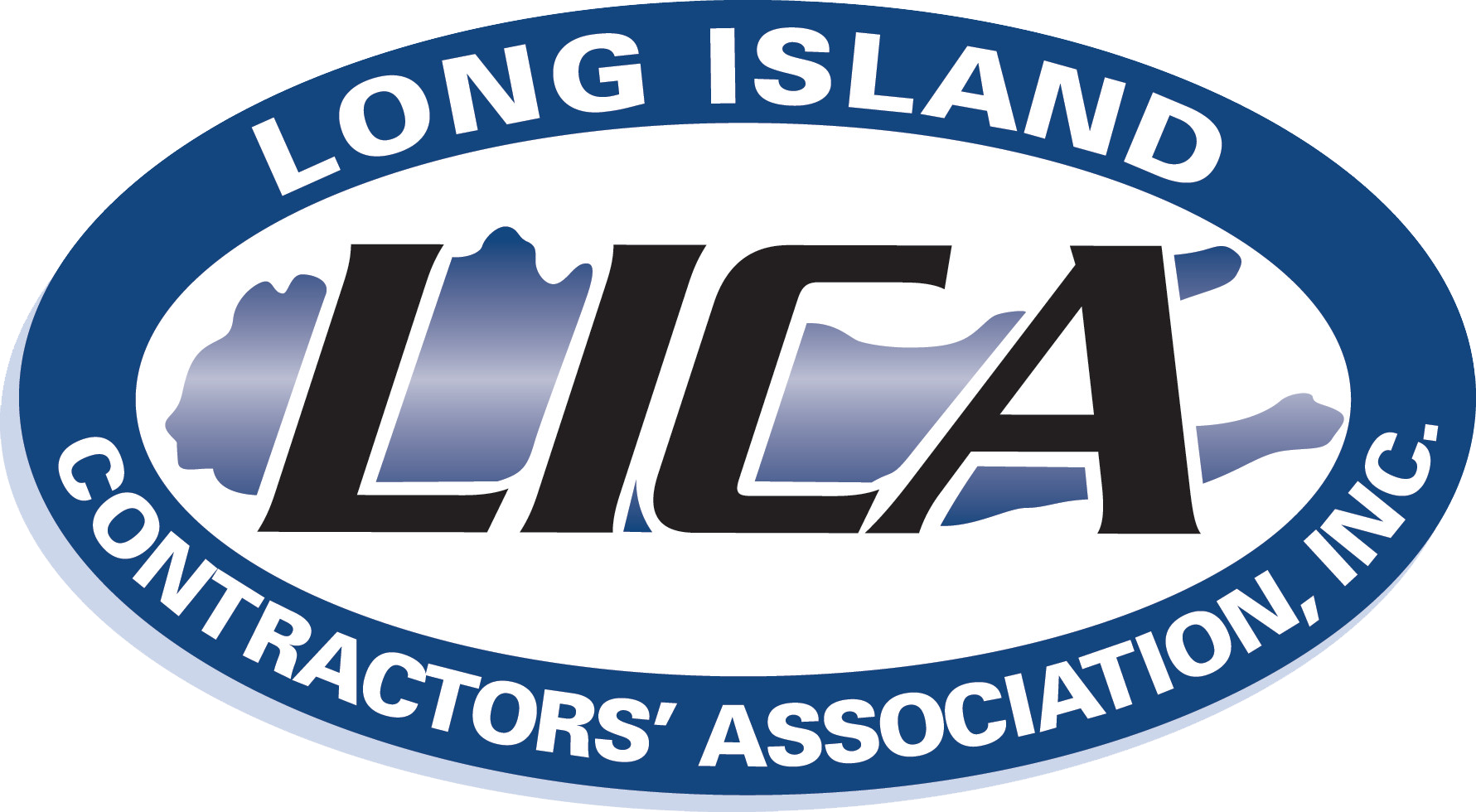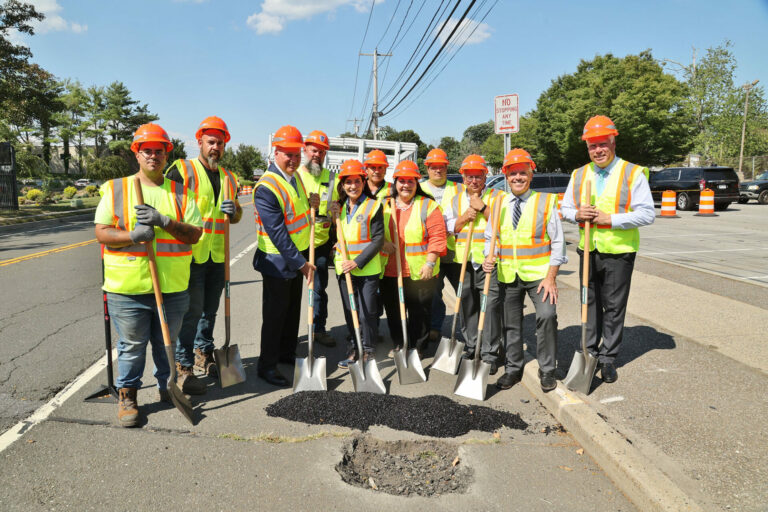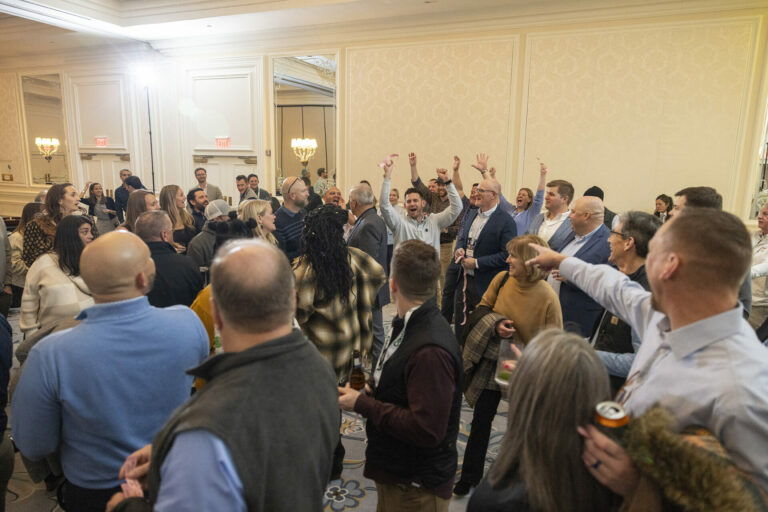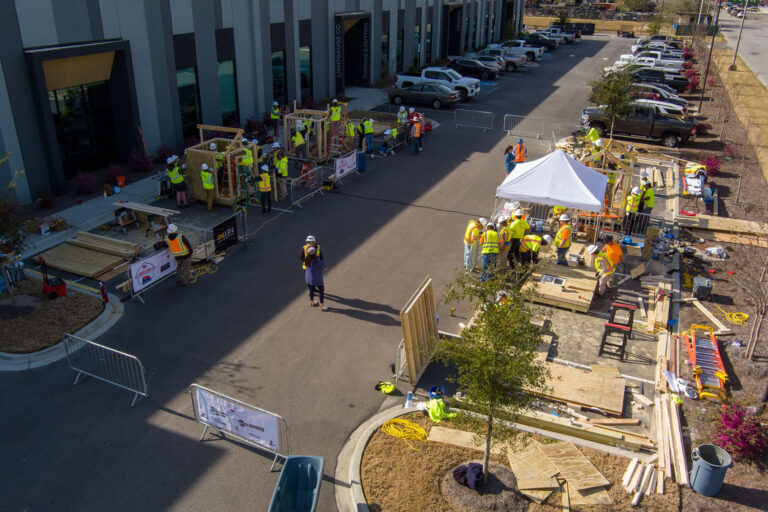While the infrastructure network across North America needs modernization, it is not advancing quickly enough in many cases. While energy sources and underground cable networks all require substantial investment, there is much to be done. One sector in particular stands out, however: the transport network across the U.S. After a series of vehicular fatalities on highly travelled road the Southern State Parkway, this stretch of highway has become better known to locals as “Blood Alley.” As one of the nation’s most dangerous roads, “Blood Alley” has experienced nearly 16,000 vehicle accidents, resulting in 78 deaths in the last seven-year period.
Acting as the voice of Long Island’s Highway and Infrastructure Professionals, Long Island Contractors’ Association (LICA) prides itself on its safety advocacy. Having recently drafted legislation to create a highway safety corridor for the Southern State Parkway, LICA continues to advocate for safety measures to protect future lives from being lost.
To safeguard its community, LICA has recommended using a public-private partnership (like what had been used to fund the remake of LaGuardia Airport and Moynihan Train Hall) to fund the addition of a high-occupancy toll lane to each side of the parkway while also reconstructing 50 bridges. This project would also involve several additional roadway improvements, including the design of the road itself.
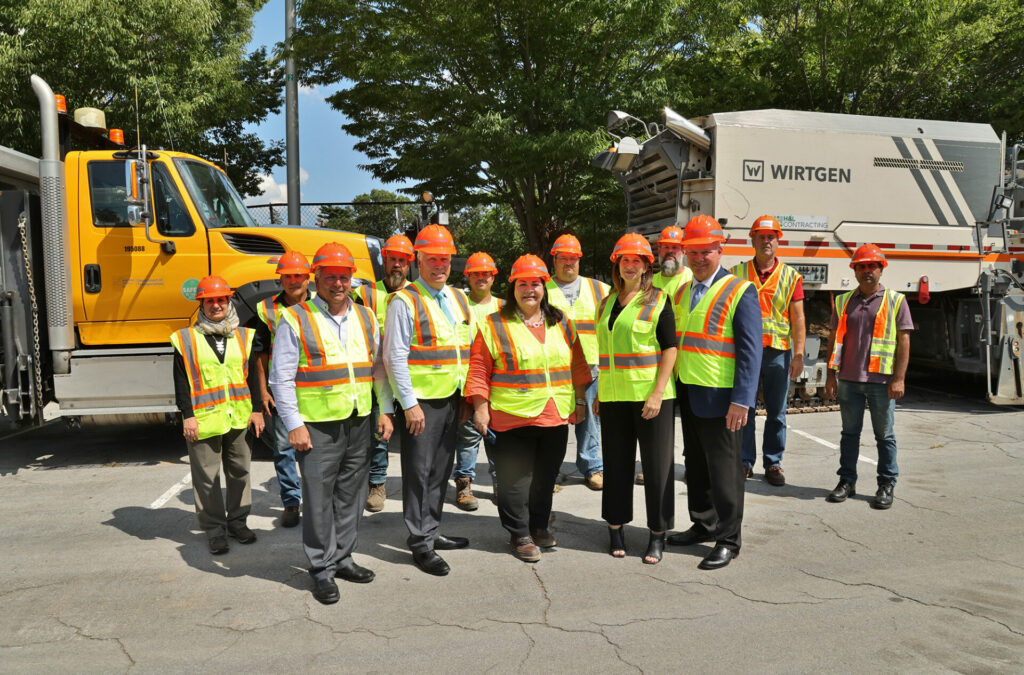
The association has roughly 170 member firms that engage in public works contracts. Dealing with almost 115 different entities — including villages, towns, cities, counties, New York State, and other public authorities — LICA covers a vast array of communities and represent many people in the industry.
At its core, LICA is a heavy construction industry organization representing the community of Long Island, immediately east of New York City. The population in the region is almost 3 million people, which outnumbers the amount of people living in 15 states. It is no wonder that the association is keenly aware of the importance of its role.
Executive Director of LICA, Marc Herbst, is involved with numerous safety training initiatives as well as the education and advocacy work completed by the association. Since 2006, Herbst has managed services and programming, labor, and safety training for more than 170-member firms and acts as the voice for the industry’s public and government advocacy. “We offer OSHA safety training certifications, programs, and during the pandemic we offered courses on preventing the spread of infectious diseases. We also cover topics such as work zone safety, construction in confined areas and working with hot environments.”
While courses and programs will assist the industry in significant ways, the magnitude of the industry, coupled with the concerning figures surrounding workplace accidents and fatalities, has led LICA to develop communal strategies. As Herbst explains, it is vital that the association brings its members together to share its safety message. “We’ve recently completed our annual winter safety training conference, with the assistance of the American Road and Transportation Builders Association — our national organization. They provide our technical assistance with trainers, and they support us. We also collaborate with many of our organized labor partners. They have safety training schools and we run programs through them as well for our employees.”
“This spirit of collaboration and community lies at the heart of everything LICA works toward.”
Advocating for safety is an endless battle, one which LICA fight tirelessly. Through the lobbying efforts of LICA, New York state recently passed a law allowing for automated speed enforcement in work zones, but the association do far more than drive safety initiatives.
Formed in the 1920s, LICA has now been in existence for roughly 100 years. Having started out as a sand mining industry and an advocacy group that focused on job-site safety, LICA has since evolved. The association is now involved in professional classroom training and advocacy including legislative remedies, along with involvement in stakeholders beyond the construction site. The association also hosts widely attended events and is considered an influential speaker and advocate in the region for its industry, as well as the overall community. In fact, LICA has just finished hosting its most popular annual event, the 2023 LICA Golf Outing. The association uses two wonderful courses, and the event is one of the highlights for the Long Island community. It is so popular that both events were sold out in less than 24 hours. LICA use this event as an opportunity to get together and mingle, but the Golf Outing event functions as a fundraiser, as well as a social event. This is the association’s only fundraiser and all in attendance are more than happy to help raise funds.
Although LICA is focused primarily on the infrastructure construction industry, such as highways, bridges, sewers, parks, other public works, and private site development; its member companies play a significant role in sustaining the region’s quality of life as a key economic engine in Nassau and Suffolk Counties. Being a member of LICA offers the opportunity to access several benefits. While safety initiatives and golfing events are incentives, Herbst assures there are much more. “We offer so many services for the safety issues, for professionals. We offer professional development hours certificates for continuing education programs for professional engineers and other vocations. But on top of that, we offer the opportunity to gather together to share insights in the industry. We offer the opportunity for advocacy, working with legislative officials that deal with laws and regulations, the professionals in government and the stakeholders in the community.”

This spirit of collaboration and community lies at the heart of everything LICA works toward. By advocating on behalf of its members, Herbst believes that everyone wins. For Herbst, community and working together is a sure-fire way to create opportunity. “One of the main benefits we have is collective bargaining agreements with organized labor. We have many organized laborers, operating engineers, teamsters, carpenters, all kinds of professions, and we negotiate contracts on behalf of our members. So that is a huge opportunity for our members. In addition to that they have the opportunity to learn about other programs such as insurance surety programs. When we bring our members together, we give them opportunities to meet with those leaders that can help in their businesses, and we pride ourselves on all the services we offer.”
LICA is currently focused on identifying projects for the region. LICA’s mission for the next chapter of the business is to continue growing and fostering the economy while providing job opportunities. Working particularly with New York State, LICA is looking for long-term investment and programs that will be needed for funding in the future. This strategy marks a shift in how LICA works. Previously, due to the challenging industry landscape its members experience, the association needed to take a short-term approach, focusing on one construction season at a time. However, as Herbst explains, the association is now pivoting and placing a stronger emphasis on long-term plans. “We’re trying to have a longer-range vision and that’s really been something that we’ve been concentrating on. I’m looking for — as an example — sewer programs. 75 percent of our region does not have sewers, and with the amount of people that is damaging for the environment. If we could look to provide wastewater recovery programs that create jobs and enhance the environment, that is the approach that we’re trying to take right now.”
Having supported locals since the 1920’s, it is safe to say that LICA has no intention of stopping. At every juncture, the association has advocated on behalf of its members with integrity, knowledge, and an acute sense of what the industry needs. This ability to identify opportunities for long-term growth and planning is merely the latest example of this foresight. Despite the challenging conditions facing members and the industry in general, one this is certain. Whether it be past, present, or future, the Long Island Contractors Association will continue to act as a pillar of support for all its members and surrounding communities.










